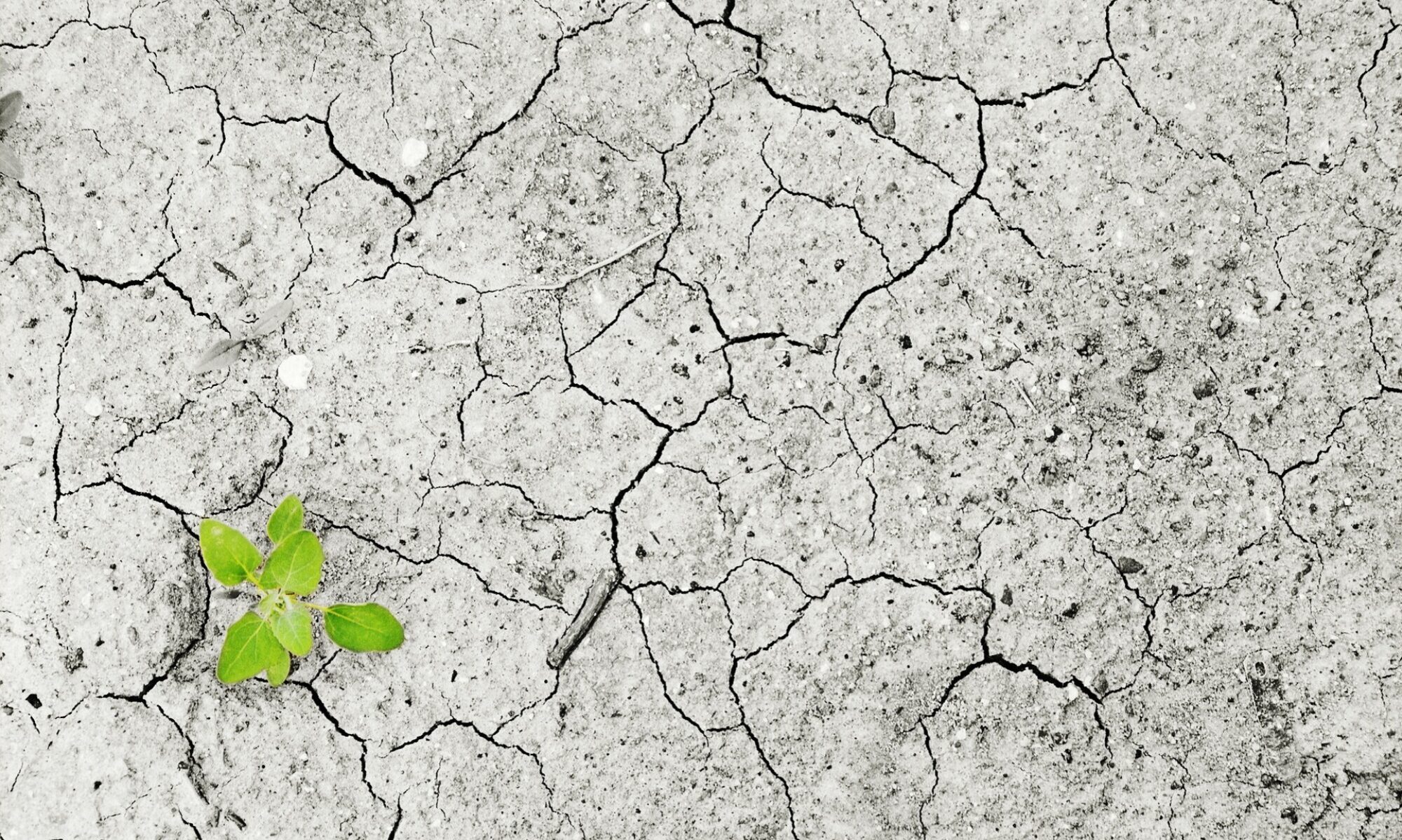18 February 2021 – by Vaughn Rajah
“Optimism is a strategy for making a better future. Because unless you believe that the future can be better, you are unlikely to step up and take responsibility for making it so.”
― Noam Chomsky
Transitional justice comprises the implementation of legal and non-legal measures in order to (1) address and acknowledge systemic human rights violations, (2) transition a society into a new manifestation of itself in which those violations no longer exist, and (3) render justice to victims of those previous violations[i].
This concept was likely not at the forefront of the minds of the architects of the Paris Agreement[ii]. Yet, the “spirit”, of transitional justice is imbedded in international environmental law. The international legal principle of common but differentiated responsibilities is premised on the notion that developed states must bear greater burdens in tacking climate change than developing states for two reasons: their greater historical responsibility for global warming, and their greater wealth[iii].
The Anthropocene is, however, not the first time humans have had to navigate complex historically rooted tensions about the ideal relationship between responsibility for past and future action. This article will provide an introductory analysis of the possible application of transitional justice mechanisms in addressing these tensions in the international climate context.
This article will analyse three fundamental mechanisms in the transitional justice toolkit, in the climate context: truth commissions, reparations and litigation.
Truth Commissions
Traditionally, truth commissions are instituted by new governments to establish their legitimacy by formally breaking with the past, and to create an opportunity for reconciliation or unification[iv]. Truth commissions can avoid some of the limitations and political difficulties of pursuing legal punishments for past actions. Their purpose is to investigate, document, and raise awareness of past harms as a form of acknowledgement, and to recommend strategies for addressing these harms, avoiding future recurrence, and supporting particular victims. Compared to prosecutions, truth commissions can more easily engage with systemic bases for harm. In the climate context, a possible avenue could be the creation of an UN-supported, but independent international climate truth commission, comprised of senior individuals in the climate policy and legal space to construct frameworks on historical responsibility[v]. In documenting experiences of climate consequences, representation would be key to the legitimacy of such a commission.
Reparations
Efforts to provide redress for historical atrocities and abuse are typically framed as “reparations”. Reparations can take many forms, and include material compensation, rehabilitation, symbolic gestures, and guarantees of non-recurrence[vi]. In the climate context, reparations could feasibly take the form of short-term investments in local well-being and development, and long-term investments in capacity building and technological advancements in order to mitigate the worst effects of ecological disaster[vii]. Non-material reparations may encompass formal apologies and acknowledgments and are linked to the truth-seeking institutions discussed above. It would be imperative for climate reparation framework to adopt a “bottom-up” approach to adequately identify and implement solutions for the needs of recipients, particularly those most vulnerable to the effects of climate change.
Litigation
Legal remedies are not novel in the climate fight. Climate litigation is a growing phenomenon in domestic courts around the world[viii]. Climate change is driving activists and litigants to reimagine pre-existing legal norms in light of its many strands of contention and uncertainty. Increasingly, plaintiffs are advancing strong, rights-based arguments in the courtroom. A human rights-based approach is also a pillar of legal action in the transitional justice context[ix]. The importance of a rights-based approach goes beyond the mere winning of a case. It is also a “win” in this kind of strategic litigation when the publicity of a lawsuit elevates social consciousness regarding climate policy, steering attention on a mass scale towards the fundamental rights impacted by climate change.
Conclusion
However, strategic climate litigation aimed at expanding the Overton window is both vital and insufficient on its own. Without further fundamental and longer lasting reforms, it is unlikely that sufficient deterrence can be cultivated to ensure non-recurrence. Therefore, similar to the most effective examples of transitional justice policies, successful climate change mitigation strategies must implement a plurality of approaches in the pursuit of a sustainable society. Whilst transitional justice and climate policy do not correlate on an one-to-one scale, the international climate regime cannot afford to ignore ideas on how to build cooperation and effectively assign responsibility. Transitional justice may well be a relevant piece in solving that puzzle.

Earth Refuge Archivist and Human Rights Pulse core team member Vaughn Rajah is passionate about sustainability and human rights. His scholarship and writing focuses on international law, climate change and transitional justice.
References
[i] ICTJ. What is Transitional jusice? https://www.ictj.org/about/transitional-justice [Accessed 19 January 2021].
[ii] Paris Agreement to the United Nations Framework Convention on Climate Change, Dec. 12, 2015, T.I.A.S. No. 16-1104.
[iii] Rio Declaration, Principle 7.
[iv] I Robinson. Truth Commissions and Anti-Corruption: Towards a Complementary Framework? International Journal of Transitional Justice, Volume 9, Issue 1, March 2015, Pages 33 – 50.
[v] S Klinsky. The Global Climate Regime and Transitional Justice. Routledge Advances in Climate Change Research. 2018. Pages 95 – 100.
[vi] Climate Strategies. Why Explore “Transitional Justice” in the Climate Context? https://climatestrategies.org/wp-content/uploads/2016/10/Why-Explore-Transitional-Justice-in-the-Climate-Context.pdf [Accessed 20 January 2021]. Page 3.
[vii] As above, pages 4 – 5.
[viii] Sabin Center for Climate Change Law. http://climatecasechart.com/ [Accessed 21 January 2021].
[ix] E Anderson. Transitional Justice and the Rule of Law: Lessons from the Field. Case Western Reserve Journal of International Law, Volume 47, Issue 1, 2015, pages 305 – 317.



